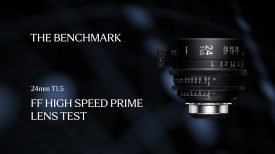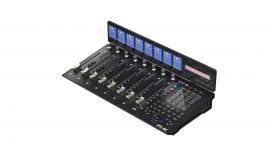DJI are trying to persuade consumers that their new Phantom 4 quadcopter is all they need to get great aerial shots. If the hype is to be believed, the new flying machine has enough autonomous features for novices to pull off shots that previously required an experienced operator. Safety is obviously in the front of the DJI engineers’ minds and the new drone has a number of features that should make the Phantom 4 less accident prone than its predecessors. Along with many other journalists I was in New York today for the unveiling.
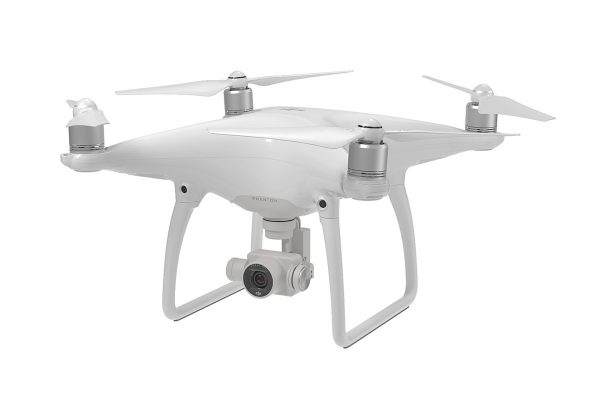
The Phantom 4 is a major upgrade from the previous Phantoms in almost all areas. Using the TapFly function you can set a series of waypoints in screen and then have the Phantom 4 navigate between them dodging any obstacles in its path. A new computer sense-and-avoid system uses two front-facing optical cameras to allow the drone to navigate its way around objects in its path (but be warned: not if you are flying in reverse). Objects up to 50 feet in front of the drone’s path can be sensed. It can also sense how far above the ground it is, using sonar. A DJI representative told me the object avoidance won’t avoid wires or small branches, but it will slam on the brakes before hitting a wall or larger object, and go around obstacles where it can see a clear path.
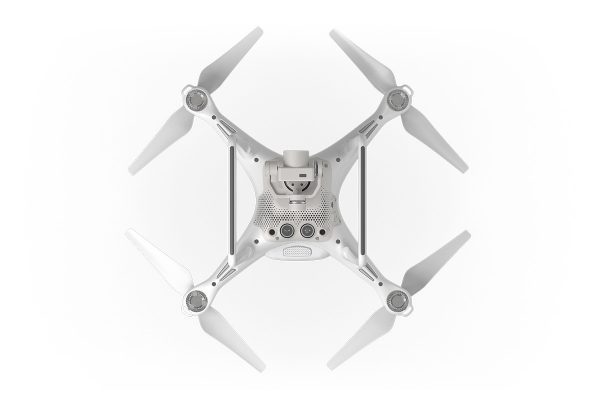
The most impressive feature is the ActiveTrack mode that allows users to define an object for the Phantom 4 to follow. The user draws a box over the person or object on his or her tablet touch screen and the drone memorises and tracks it – much like object tracking autofocus on newer video cameras. The computer does this by machine learning what your subject looks like in 3D. As the subject performs whatever sport or activity they do, the drone follows along and keeps the subject in the centre of the frame.
Apparently the onboard computer is even smart enough to stay locked onto your subject even if it turns around or changes profile. This was demonstrated live at the launch event and the video feed looked smooth with graceful movement – impressive.
This autonomous flight mode can be disengaged at any point by tapping a button on-screen.
The demo videos I saw on the big screen looked great, but as with all these things it would be premature to make judgements about the real world abilities until production models reach users.
As with previous DJI drones there is an auto-return function, but this now cleverly ties in with the sense-and-avoid function.
The Phantom 4 now has a 5 kilometre range and 28 minute flight time, which is impressive. I assume that permits operators to fly it outside of their line-of-sight into remote areas. Quite how this ability will be seen by drone critics and legislators remains to be seen.
There is also a new speed mode. With all the safety functions of the previous range, the drones themselves became relatively slow. With the new model, advanced fliers can go faster if they choose to. It can reach 45mph by tilting at a 45 degree angle. Novices should avoid this mode, though, as obstacle sensing is off when this is engaged.
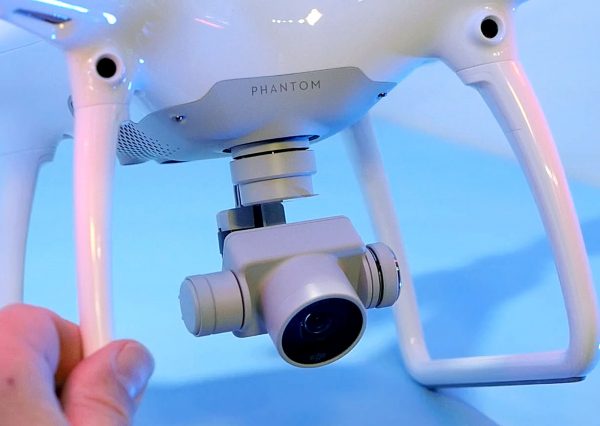
In the imaging department the camera can shoot 4K at 24 and 25, plus UHD in 24,25 and 30 fps. It can also reach 120fps in HD. It has the same sensor as the previous 4K model, but with a new 20mm (35mm equivalent) eight element lens that is said to have well controlled chromatic aberration. It still shoots to microSD sized cards at bitrates up to 60Mbps. As with the Phantom 3, you can’t mount your own gimbal and camera on it; with the Phantom 4 you are stuck with their camera and their ecosystem. This comes as no surprise and there seem to be no plans for a GoPro-carrying Phantom 4.
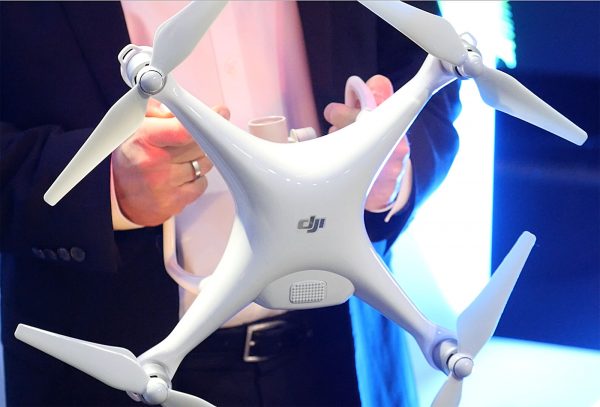
On the design side, the Phantom 4 has a new composite core unibody with a more sculpted design – if you liked the new Starship Enterprise from the JJ Abrams reboot then you’ll likely be a fan. The rotors of the drone have been redesigned and raised higher up so they are less likely to turn up in the top of your shots. They are now push lock rather than screw-on; this is said to minimise the risk of not attaching them properly.
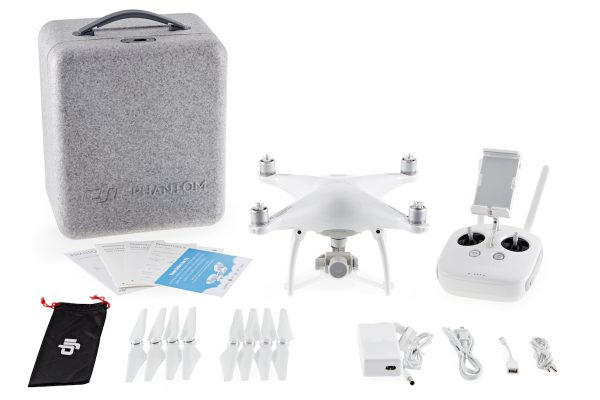
There is only one model of the Phantom 4 and at launch it is priced at $1400 US and £1229. It is designed to be a one-size-fits-all drone that is simple enough for novices, yet versatile enough for more experienced operators. In a new deal, it will be available in Apple stores.
The launch of the new model will likely mean that the previous models will be heavily discounted at retailers and this could provide a low cost entry into aerial shooting for those who can’t afford the Phantom 4.
For more info visit the DJI website.




